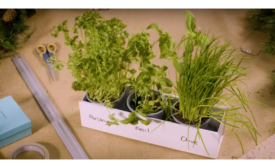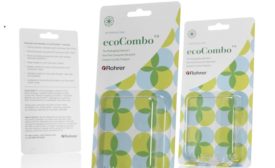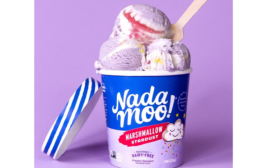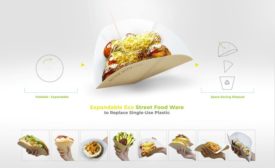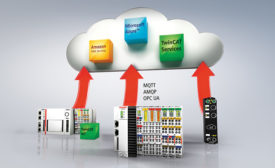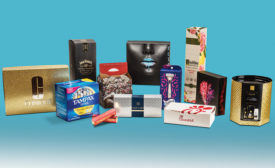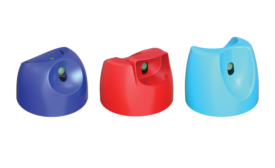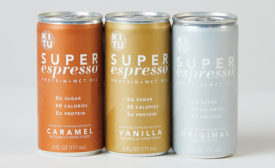Sustainable Packaging
Automation
There Is No One-Size-Fits-All IIoT Strategy
With or without the cloud, scalable IIoT technologies solve common problems, such as inefficient compressed air systems.
March 20, 2020
Brand Packaging: Beverage Branding
Less Is More in Beverage Branding
RTD brands use minimal design for maximum impact.
March 16, 2020

